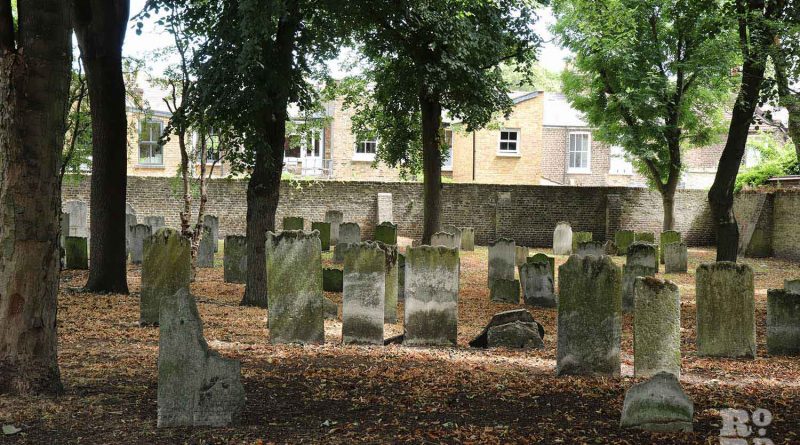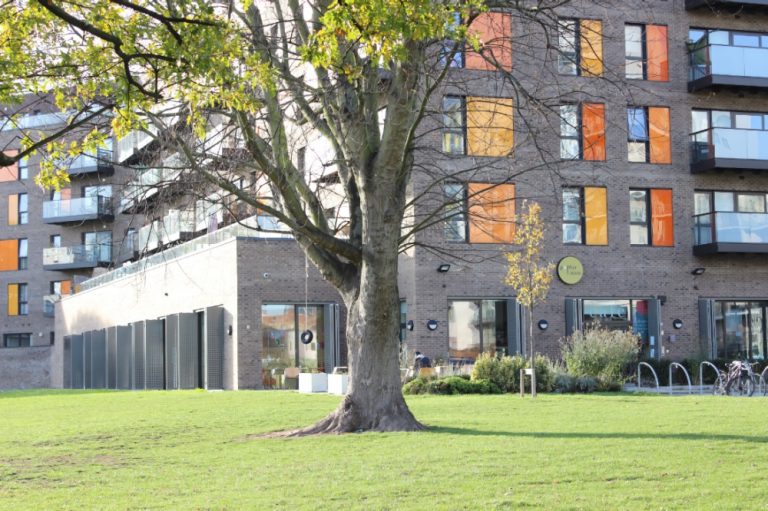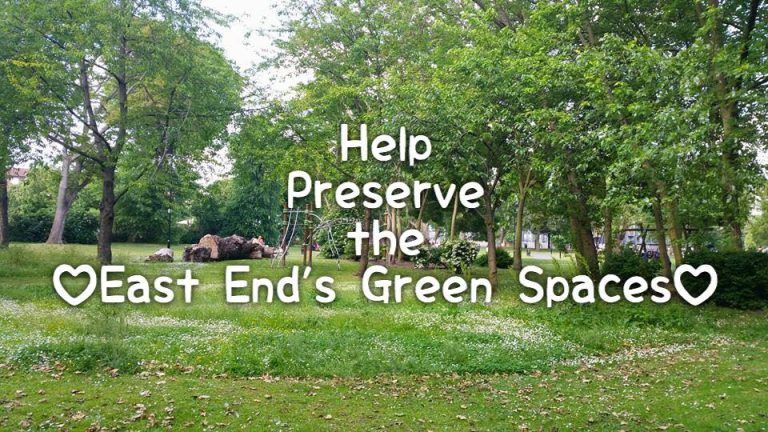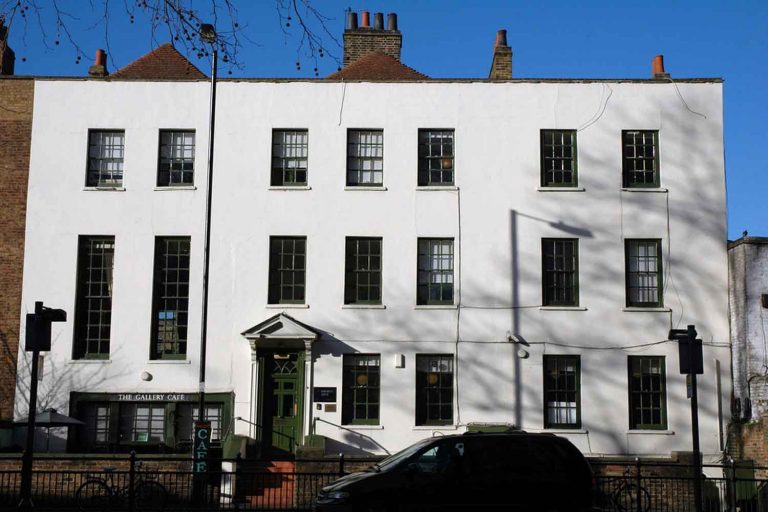Historic cemeteries to visit near Roman Road
Hidden in the backstreets of Bow, our area is home to a surprising amount of cemeteries including the oldest Jewish cemetery in the UK and East London’s busiest Victorian cemetery.
Before the Victorian era, London’s dead were buried in small churchyards and private cemeteries around the city, many of which are now surrounded by busy residential neighbourhoods and barely noticeable when walking around our pocket of the East End.
But as London’s population began to grow in the early decades of the nineteenth century, small church graveyards and burial sites quickly became overcrowded and overrun with disease.
In an effort to create more space to bury the dead, an Act of Parliament was passed which allowed companies to purchase land and set up cemeteries outside the boundaries of the City of London. It was under this law that Tower Hamlets Cemetery was established in 1841.
Yet many of our area’s Jewish cemeteries date much further back than this, including the UK’s oldest Sephardic Jewish burial ground opened in 1657. Home to four Jewish cemeteries in total, Mile End’s built environment is a physical representation of the East End’s multicultural past and rich cultural history.
Though some are only available to visit as part of private tours, many local cemeteries near Roman Road are now open to the public. Precious pockets of green space in our urban East End, the cemeteries provide peaceful places of reflection, valued for their personal and historical significance, as well as their natural beauty.
Velho Cemetery
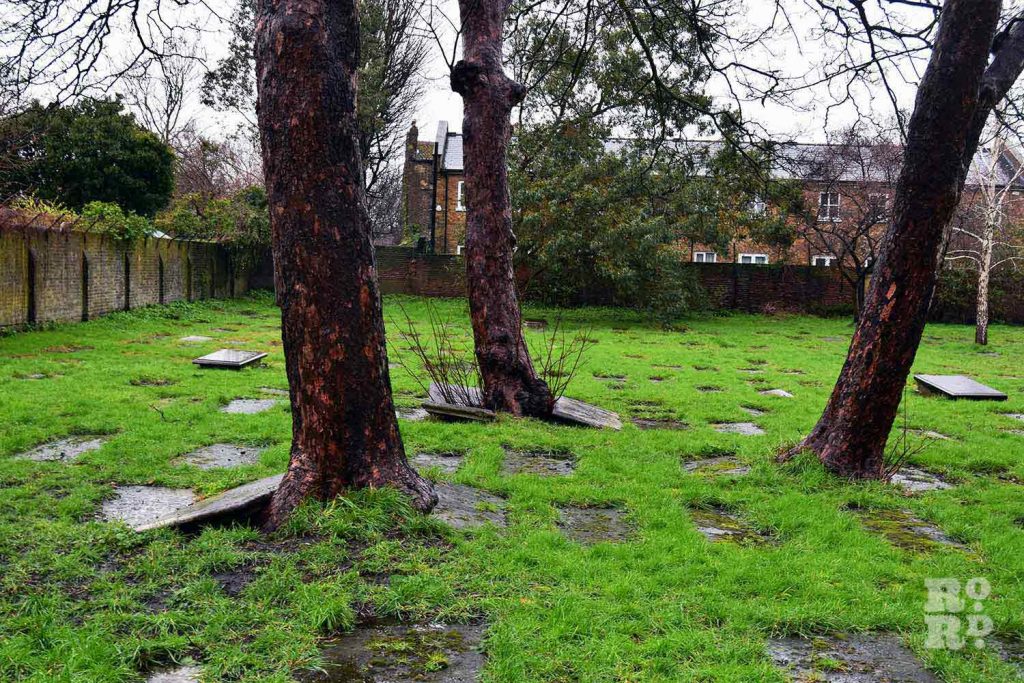
Hidden behind brick walls, steel fences and locked gates just off Mile End Road you will find the Velho Cemetery, the oldest Jewish burial ground in the UK. The cemetery opened in 1657 and reached its full capacity in 1733, and is the resting place for the small community of Sephardic Jews who came to London in the 1630s fleeing persecution in Spain and Portugal. Though unknown to most locals, the cemetery is celebrated by the Jewish community in the East End as one of the most significant sites of Anglo-Jewish history, marking the end of 366 tears of Jewish expulsion in England.
The Velho Cemetery is located just off Mile End Road, E1 4BH. To obtain special permission to access the cemetery you can email the Sephardic Jewish Congregation at velhocemetery@sephardi.org.uk.
Tower Hamlets Cemetery
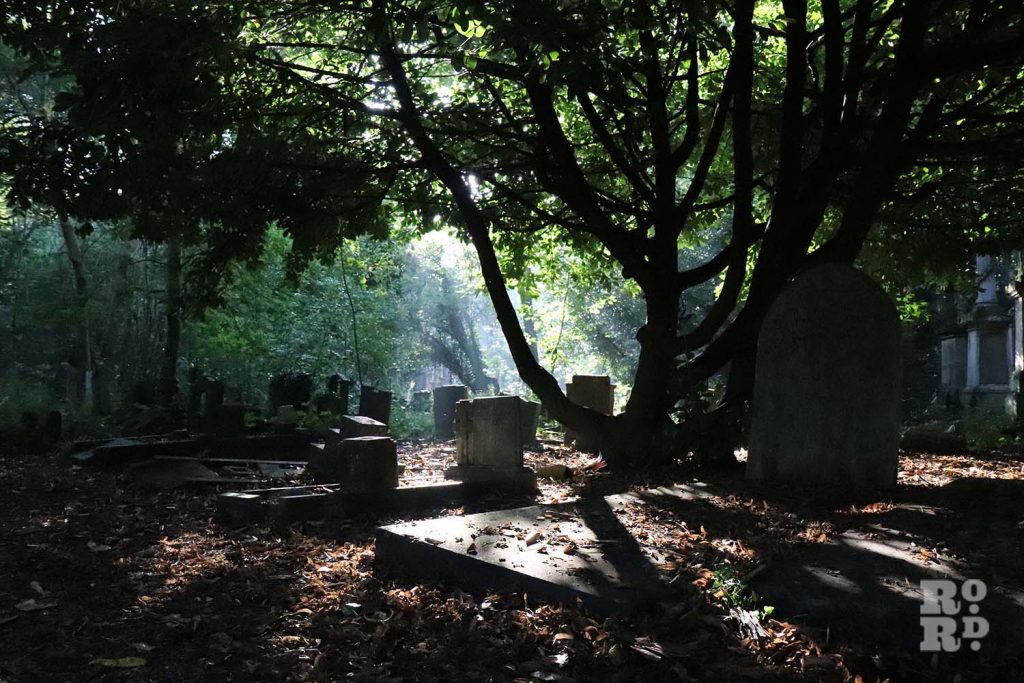
Tower Hamlets Cemetery, now known as Tower Hamlets Cemetery Park, is one of London’s biggest stretches of semi-wild woodland, but in the nineteenth century, it was the most deprived of London’s Victorian cemeteries where 60% of burials were in public graves for people who could not afford their own plot. It was also the most used cemetery in the East End, and by 1889 over a quarter of a million bodies had been buried there. Overcrowded, neglected and badly bombed during the war, the site was closed for burials in 1966, and 44 years later in 2000 the cemetery became Tower Hamlet’s first nature reserve.
Tower Hamlets Cemetery Park is found on Southern Grove, E3 4PX.
Novo Cemetery
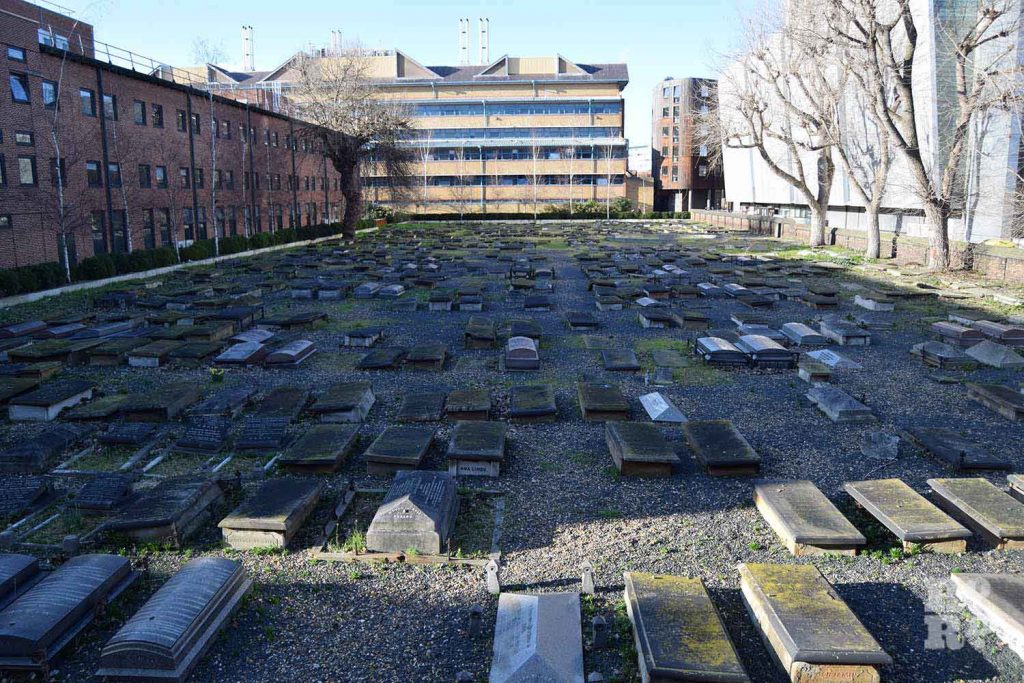
In the middle of the Queen Mary University campus lies the Jewish Novo Cemetery, cut off from the outside world by the densely erected buildings surrounding it. The cemetery’s 2,000 graves lie flat on the ground in line with Sephardic Jewish tradition, but this surviving fraction is only one-fifth of the cemetery’s original five acres, where approximately 9,500 people were buried between 1733 and 1918. Looking upon the cemetery, the tombstones nearly melt together in uniformity. Unembellished, they stand as a reminder of the Sephardic egalitarian message that we exit the world just as empty-handed as we enter it.
The cemetery is found on the Queen Mary University campus, Mile End Rd, E1 4NS, and is accessible to the general public.
Globe Fields Burial Ground
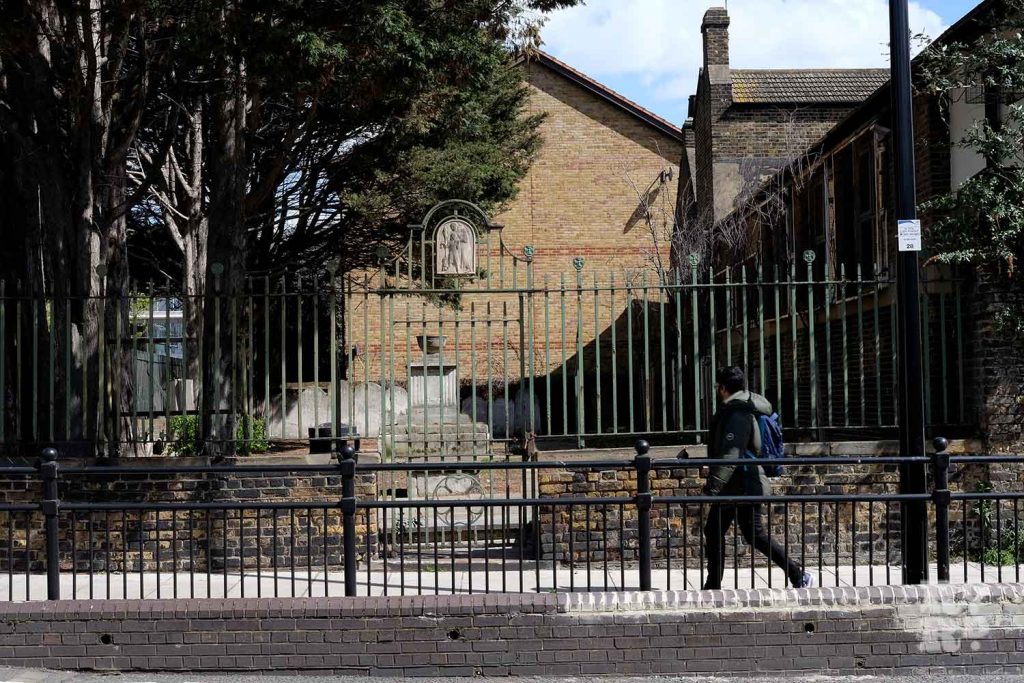
Globe Fields Burial Ground is a remnant of the former graveyard of Globe Road Wesleyan Chapel which provided burial space for paupers who died in Bethnal Green workhouse. Known for its unmarked graves, it was sometimes referred to as the Bethnal Green Deadhouse, used for more than 14,000 burials between 1820 to 1857. Though the chapel no longer stands and the space is much reduced in size, it was converted into a public park in the 1890s. In 1895, it was occupied by the Craft School, whose plaque marks the entrance to what is now a public garden, given to the Borough Council of Bethnal Green in 1915.
Globe Fields Burial Ground is located on Globe Road, E2 0LE.
Alderney Road Cemetery
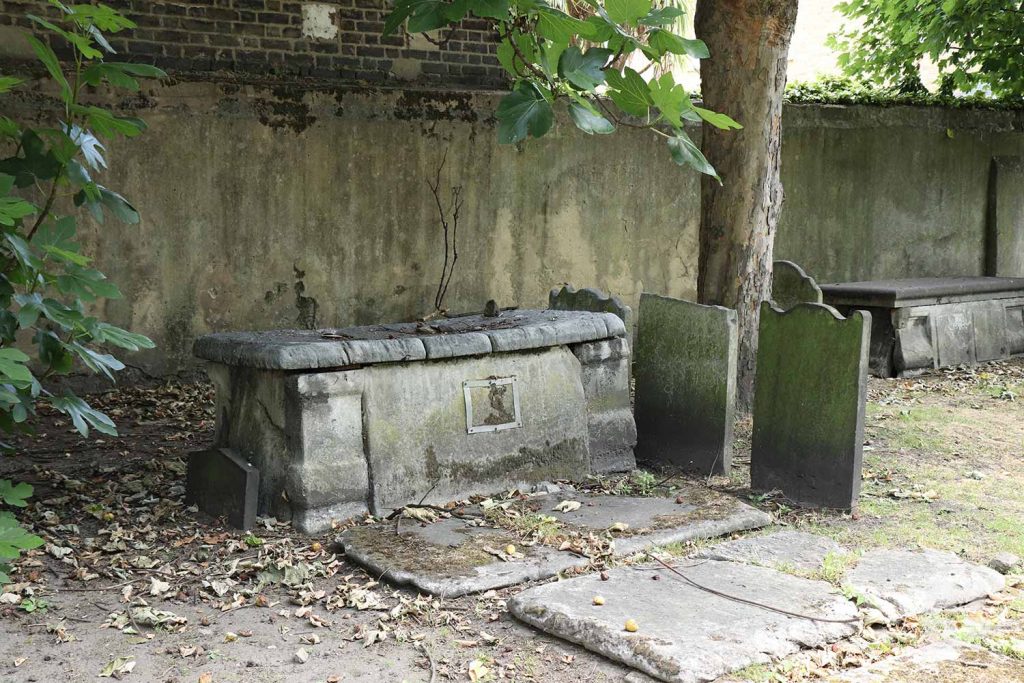
Founded in 1696, Alderney Road Cemetery is the oldest Ashkenazi Jewish Cemetery in the UK, marking the establishment of the Ashkenazi community which is now the largest Jewish ethnic group in the country. Though it is closed to the general public, it is possible to visit the cemetery with permission. Among the many leaders of the Jewish faith who lie there, there is one particular cracked tombstone belonging to Samuel Jacob Falk that is crowned with pebbles from visitors. It is a humble remembrance of the once-infamous Ba’al Shem of London who called Whitechapel his home in the mid-eighteenth century.
Alderney Road Cemetery is found at E1 4EG and can be visited by making an appointment.
Bancroft Road Jewish Cemetery
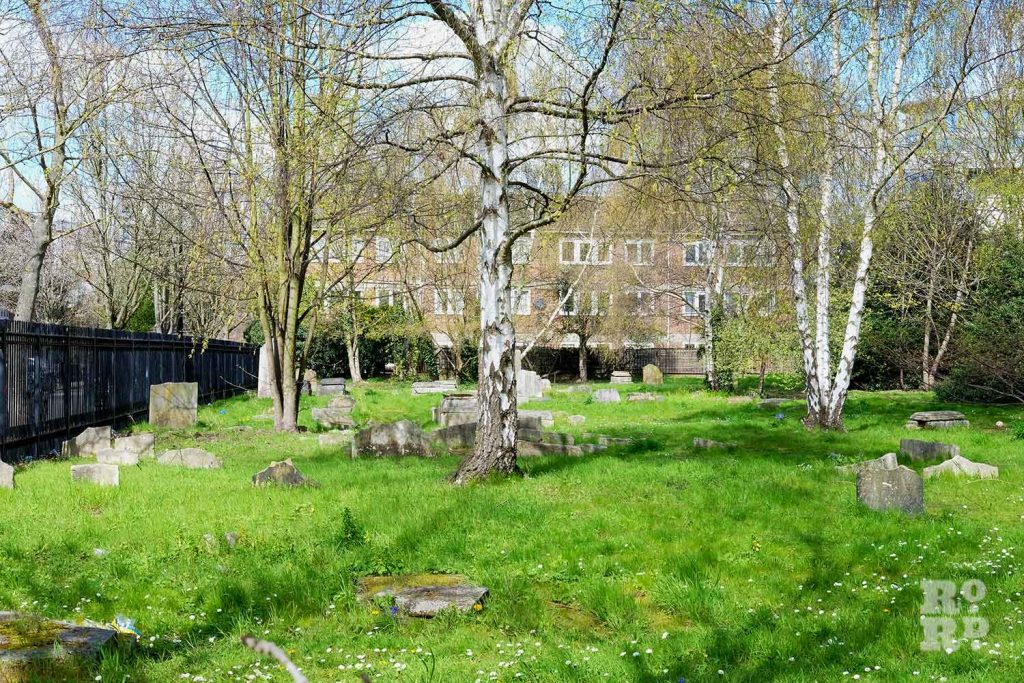
Just a couple of hundred yards from Velho and Novo cemeteries you will find Bancroft Road Cemetery, lacking any exterior sign on the tall iron railings to signal to passerbys the nature of the place. Neglected for over a century now, this was the cemetery for the congregation of Maiden Lane Synagogue in Covent Garden, opening in 1811 and containing over 500 graves. Following the demise of the Maiden Lane Synagogue in the early 1900s, the cemetery suffered bomb damage in 1944 scattering many of the stones into disarray. But the Board of Deputies of British Jews have refused requests to redevelop the cemetery, which offers a peaceful green patch in our densely populated East End.
The cemetery is found to the side of Mile End Hospital at 201 Bancroft Road, E1 4BY.
If you enjoyed this article, you might like our piece about Charles Booth’s poverty maps of Victorian London.

